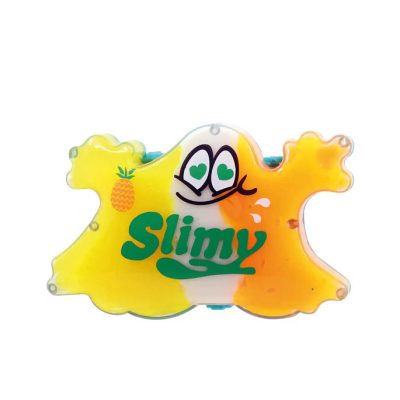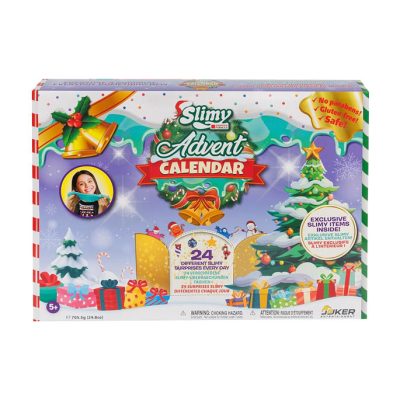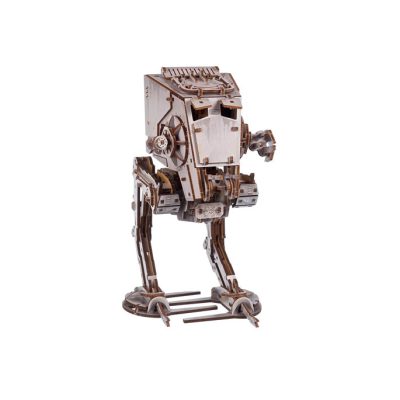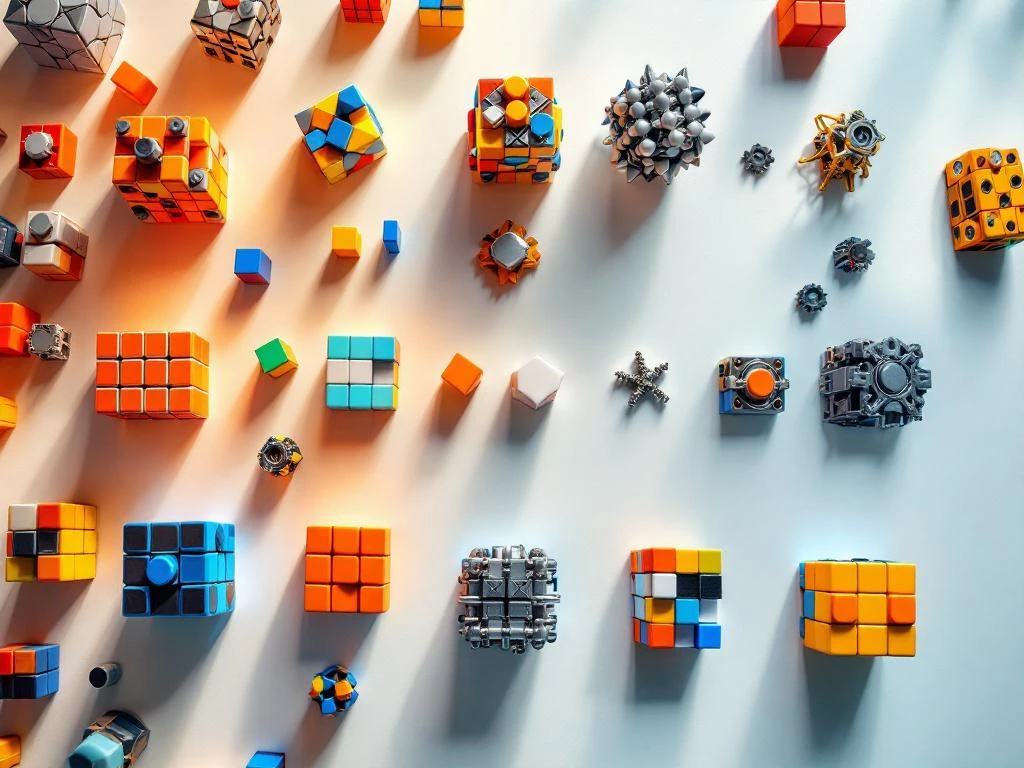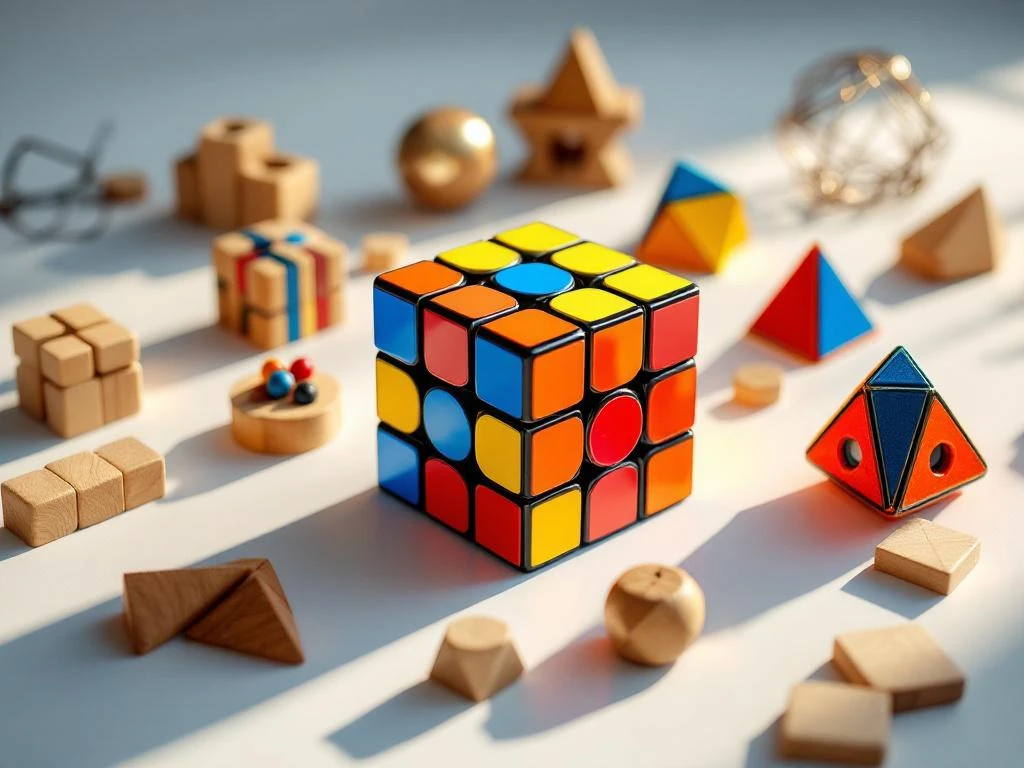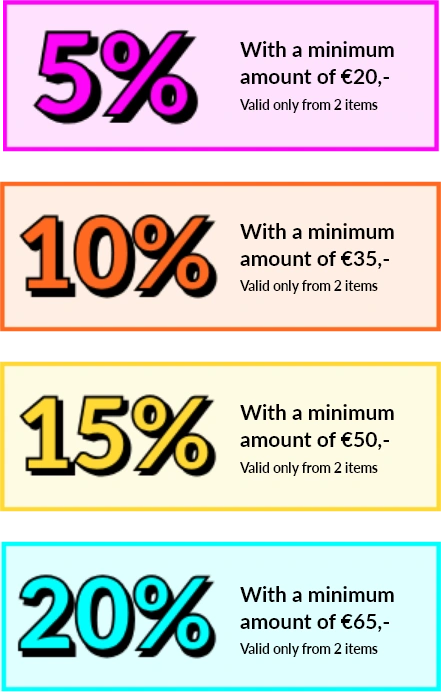-
 dave
dave
- Leestijd: 5 min
- Laatst geüpdatet: 23/12/2024
How can you frame your puzzle?
When you are younger you start with small puzzles.
But the older you get and the better you get at puzzling, the bigger the puzzles get.
Sometimes you make puzzles of 4000 pieces or even more!
Then of course it is a shame to take them apart when you have finished them.
Framing is the perfect option!
Especially if you have chosen a beautiful picture.
But how does framing a puzzle work?
What should you pay attention to when framing a puzzle?
Before you begin framing your puzzle, it is important to take a few things into account.
For example, you will only make it easier on yourself when you actually start with the step-by-step plan below.
For example, it is important to choose the right puzzle glue when you go for permanent framing.
This glue is specially made for puzzles to be firmly attached, but also so that you won’t see the glue after applying it.
Be sure to apply the glue neatly and let it dry for a while.
Don’t be afraid of the white color the glue initially gives off when you apply it.
This will become transparent when it dries.
In addition, it is important to consider the type of frame you use.
This is because there are different sizes you can choose from.
A puzzle of 500 pieces requires a much smaller size frame than a puzzle of 2000 pieces, for example.
Framing your puzzle in 6 steps?
Follow the following steps to frame your puzzle perfectly.
You can skip some steps depending on how you want to frame your puzzle.
So pay attention to this and follow the steps carefully!
- (Optional) Glue your puzzle if you want to frame it permanently: skip this step if you don’t want to frame your puzzle permanently.
Otherwise, make sure you buy the right puzzle glue and apply it neatly between the edges of the puzzle pieces.
However, this may reduce the value of your puzzle.
So think carefully about whether you want to use this method. - Use a matching frame: as mentioned earlier, it is important that you use the right size frame for your puzzle.
Puzzles can sometimes be just another size than indicated on the box.
Keep this in mind! - Place puzzle on a surface: if you have not glued the puzzle, you can use a puzzle mat as a surface. Don’t you have this? Then use something like a piece of cardboard.
Gently slide the puzzle mat or piece of cardboard under the puzzle.
This is best done in pairs. - Cut or trim the base to size: framing the puzzle requires meticulous work to ensure a nice finish.
Start by measuring the puzzle and then cut or trim the background (puzzle mat, cardboard or something similar) to size.
That way you won’t see anything of the background. - Framing a puzzle: open the frame and remove the glass, or in some cases the plastic, and the back plate.
Then put the glass back in the frame first, followed by the puzzle with the base, and finally the backing plate.
Make sure the puzzle is neatly centered and that everything is firmly in place. - Finish the puzzle nicely: check carefully that the puzzle is neatly centered and there is no other dirt or anything behind the glass plate.
Also check carefully that the frame is actually secure.
Then you can hang it up!
Table of contents
Much viewed
More blogs

